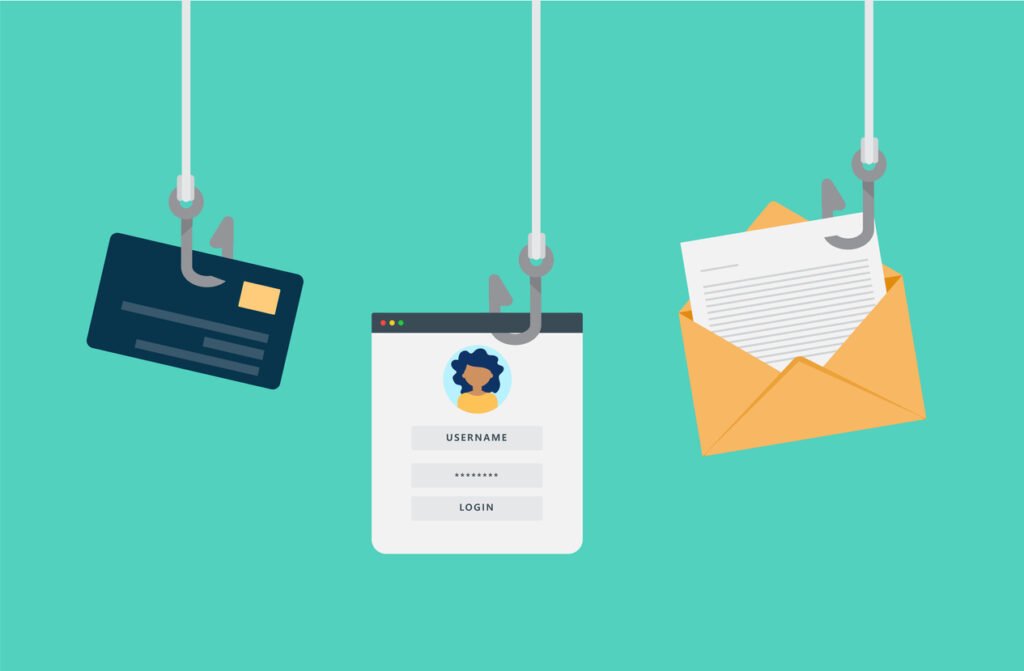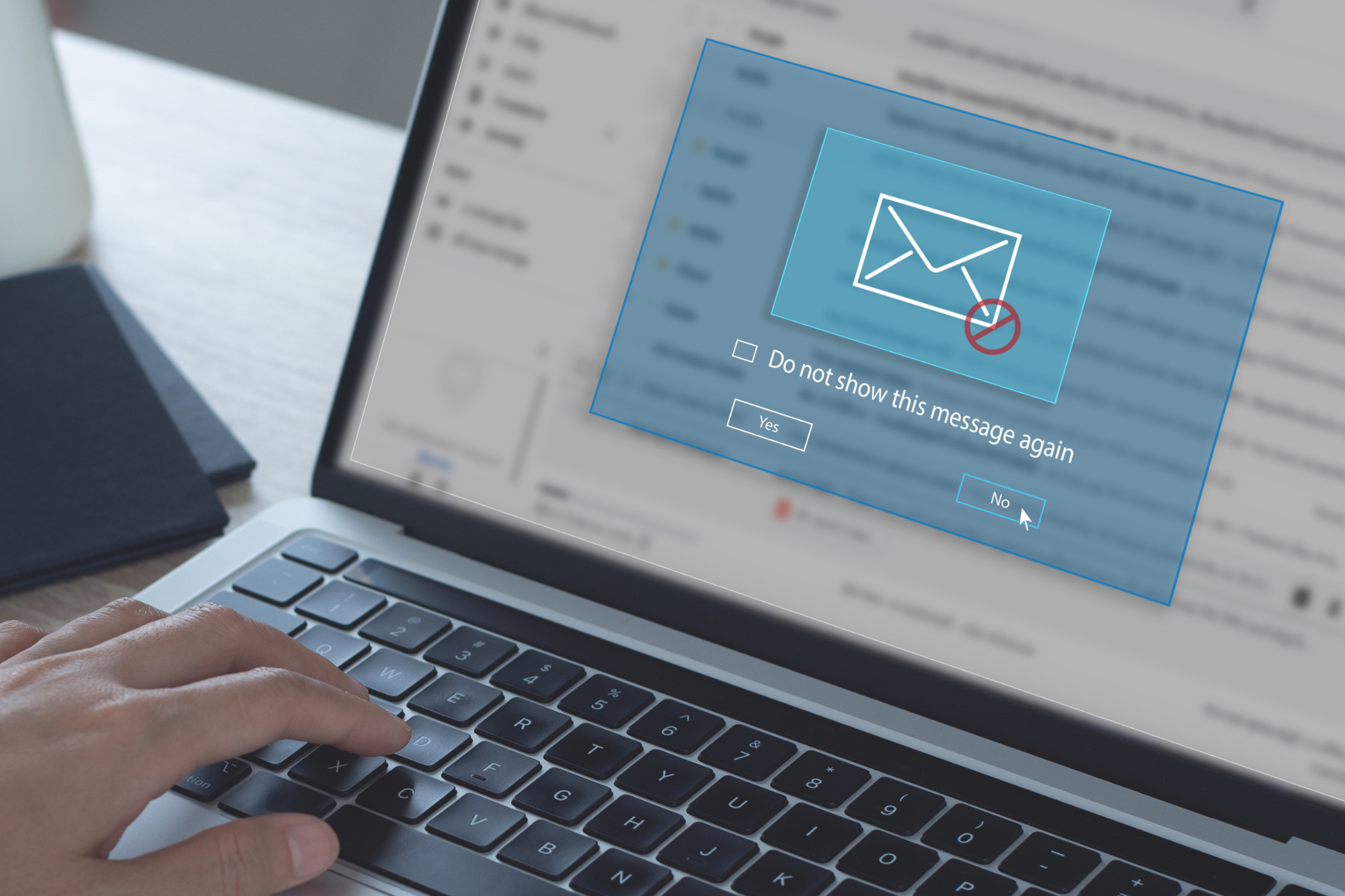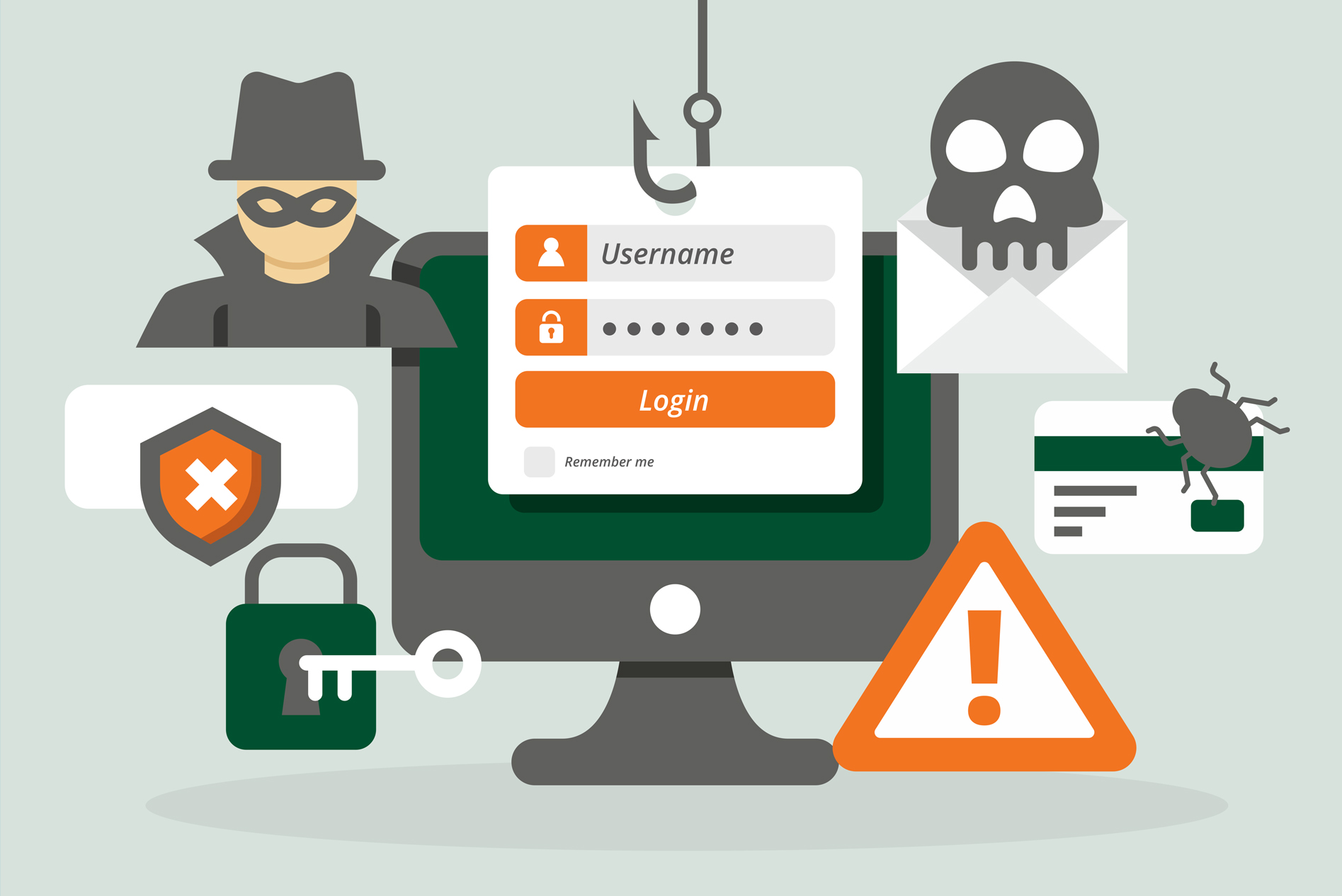
How Phishing Scams Are Fooling Millions Daily!
Picture this: you’re sipping your morning coffee, scrolling through emails, when one catches your eye. It’s from your bank, warning that your account’s been compromised. Your heart skips a beat, and you almost click the link to “fix” it. But something feels off. Sound familiar? As someone who’s worked in cybersecurity for over a decade, I’ve seen this scenario play out countless times. That email? Probably a phishing scam. These sneaky attacks are tricking millions every day, and I’m here to break down how they work, why they’re so dangerous, and how you can stay one step ahead.
What Are Phishing Scams, Anyway?
Phishing scams are like digital con artists. They’re fraudulent emails, texts, or even phone calls designed to trick you into handing over sensitive info—like your passwords, credit card numbers, or Social Security details. Think of it as someone pretending to be your boss, your bank, or even your best friend to get you to spill the beans.

A Quick History Lesson
Phishing isn’t new. It started in the 1990s when scammers targeted AOL users with fake login prompts. But today? It’s a whole new ballgame. With cheap phishing kits available on the dark web and AI making scams scarily convincing, these attacks are more common than ever. According to the FBI’s 2024 Internet Crime Report, phishing scams cost victims over $12 billion last year alone.
Why They’re Everywhere
As a cybersecurity consultant, I’ve investigated countless phishing cases. The scary part? Anyone with an email address or phone number is a target. Scammers don’t need to be tech geniuses—phishing tools are now so user-friendly that even amateurs can launch attacks. And with millions of attempts daily, it’s no wonder people are getting caught.
How Phishing Scams Trick You
Phishing works because it preys on human nature. Scammers know how to push your buttons—whether it’s fear, curiosity, or just plain trust.
Psychological Tricks
Ever get an email screaming, “Your account will be locked in 24 hours!”? That’s a classic. Scammers create urgency to make you act without thinking. I once got a text claiming my Netflix account was suspended. It looked legit, complete with the Netflix logo. But as someone who’s seen this trick before, I checked the sender’s number—total gibberish. These scams also play on trust, like emails pretending to be from your boss asking for sensitive data. It’s sneaky, and it works.
Technical Tomfoolery
Phishing emails often look like the real deal. Scammers spoof email addresses (like changing “paypal.com” to “paypa1.com”) or create fake websites that mimic your bank’s login page. Last year, I helped a client whose employees fell for a fake Microsoft login page that stole their credentials. The site was a near-perfect clone—only a tiny URL discrepancy gave it away.
Real-World Examples
Take the 2024 PayPal scam wave. Millions got emails claiming their accounts were compromised, with links leading to fake login pages. Or the COVID-era scams, where fraudsters posed as health officials offering “urgent vaccine info.” These campaigns netted billions because people clicked without double-checking.
Who’s Most Likely to Fall for It?
Nobody’s immune, but some groups are bigger targets than others.
Everyday Folks
If you’re not super tech-savvy, phishing scams can be tough to spot. My mom, for example, once called me in a panic about an email claiming her Amazon account was hacked. I walked her through checking the sender—it was a random domain, not Amazon. Non-techy users often miss these red flags.
Businesses
Companies are prime targets, especially through spear phishing—customized attacks aimed at specific employees. I’ve seen CEOs tricked into wiring money because a scammer mimicked their CFO’s email. Small businesses are especially vulnerable since they often lack robust cybersecurity.
Vulnerable Groups
Seniors are frequent targets because they may not spot digital red flags. Scammers also prey on younger users through social media or gaming platforms, like fake Discord messages offering free in-game perks. It’s a growing trend, and it’s hitting Gen Z hard.

Spotting Phishing Red Flags
The good news? You can spot phishing attempts if you know what to look for. Here’s my go-to checklist, honed from years of sniffing out scams.
Warning Signs
Weird Sender Details: If the email says it’s from “support@apple.com” but the actual address is “apple.support123@randomdomain.ru,” run.
Generic Greetings: “Dear Customer” instead of your name is a big clue.
Suspicious Links: Hover over links (don’t click!) to see the real URL. If it’s not the company’s official site, it’s fishy.
Urgency or Threats: “Act now or lose access!” is a scammer’s favorite line.
Unexpected Attachments: Never open random PDFs or Word docs—they could install malware.
How to Verify
If you’re unsure, contact the company directly. Use the phone number or email from their official website, not the one in the suspicious message. I always tell clients: when in doubt, pick up the phone. It saved one of my clients from losing $50,000 to a fake vendor email.
Tools to Help
Modern browsers like Chrome and Firefox often flag malicious links. Email providers like Gmail also filter out many phishing attempts. For extra protection, consider anti-phishing software like Norton or Bitdefender. I use these in my own setup—they’re not foolproof, but they catch a lot.

How to Protect Yourself
Staying safe isn’t rocket science, but it takes a little effort. Here’s what I do to keep my data locked down.
Proactive Steps
Strong Passwords: Use a password manager to create and store unique passwords. I use one for everything—work, personal, you name it.
Two-Factor Authentication (2FA): This adds a second layer of security, like a code sent to your phone. I enabled 2FA on my bank account after a close call with a phishing email years ago.
Stay Skeptical: If an email or text feels off, trust your gut. Double-check before acting.
Tech Solutions
Keep your devices updated—those software patches often fix security holes. Install reputable antivirus software; I’ve used McAfee for years and it’s saved me from a few sketchy downloads. Also, back up your data regularly. If you do get hit, a backup can be a lifesaver.
If You’ve Been Phished
Act fast: change your passwords, alert your bank or credit card company, and run a malware scan. Report the scam to the Federal Trade Commission or your country’s equivalent. I once helped a friend recover after clicking a phishing link—she caught it early, changed her passwords, and avoided major damage.

Why Phishing Isn’t Going Away
Phishing is like a cockroach—it just keeps coming back. Why? It’s cheap, effective, and evolving.
New Tricks
AI is making phishing emails scarily convincing. I recently saw a demo of an AI-generated email that mimicked a colleague’s writing style perfectly. Deepfake voice scams are also on the rise, where scammers use AI to fake someone’s voice over the phone. It’s creepy stuff.
Big Money
Scammers can make millions with just a few clicks. Phishing kits cost as little as $50 on the dark web, and one successful attack can net thousands. It’s a low-risk, high-reward game for them.
What Companies Can Do
Businesses need to step up. I’ve trained teams on spotting phishing emails, and it’s amazing how many employees don’t know the basics. Companies should invest in regular training and tools like email gateways to filter out threats.
Stay One Step Ahead
Phishing scams are a daily headache, but you don’t have to be a victim. By staying cautious, using the right tools, and spreading the word, you can keep your data safe. I’ve been in this game long enough to know that a little vigilance goes a long way. So next time you get a sketchy email, pause, check, and don’t click that link. Your wallet—and your sanity—will thank you.

